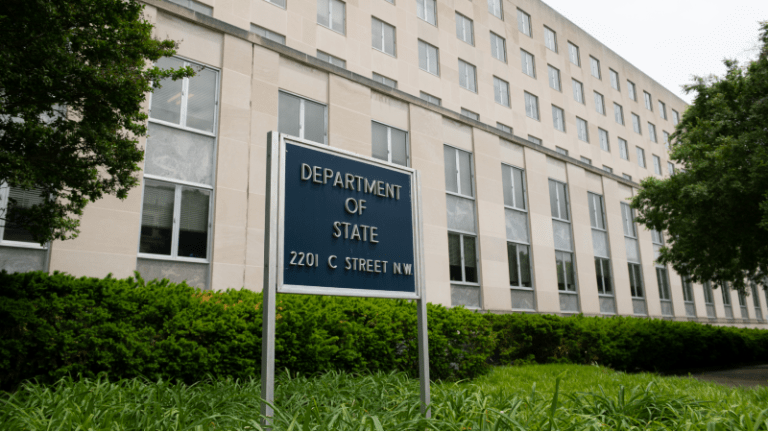
What do U.S. Assistant Secretary of State for African Affairs Johnnie Carson, Catholic Relief Services President Ken Hackett, award-winning movie producer Taylor Hackford, Vanity Fair correspondent Maureen Orth, and Netflix cofounder and CEO Reed Hastings have in common?
These five individuals, at one point in their lives, served as volunteers in developing countries through the Peace Corps, the U.S. federal overseas volunteering program that celebrates its 50th anniversary this year.
The idea of sending willing U.S. citizens to live and work in developing countries for at least a year was first issued as a challenge by then senator and presidential candidate John F. Kennedy to University of Michigan students in an early morning speech delivered Oct. 14, 1960. Then, on March 1 the following year, and just within weeks of his inauguration, President Kennedy signed an executive order that established the Peace Corps.
Kennedy appointed Sargent Shriver as the program’s first director. The current head of the Peace Corps, meanwhile, is Aaron Williams. He is also the fourth director in the program’s history to have served as volunteer – in the Dominican Republic – prior to his appointment. The first returned volunteer to be appointed Peace Corps director was Carol Bellamy, who headed the agency from 1993 to 1995. She was a volunteer for the program in Guatemala.
The first group of Peace Corps volunteers – a total of 51 individuals – departed from the United States in August 1961 to teach in Ghana and Tanzania. But it wasn’t until September of the same year that the program received its legal mandate to “promote world peace and friendship.” By the end of 1961, there were 500 Peace Corps volunteers serving in nine host countries, namely Chile, Colombia, Ghana, India, Nigeria, the Philippines, Pakistan, St. Lucia and Tanzania.
In the 50 years since its establishment, the Peace Corps has sent more than 200,000 volunteers and trainees to 139 countries. Programs in some of these countries have ended, with Peace Corps volunteers now only actively serving 76 nations, mostly in Africa.
What did continue to expand is the variety of work areas Peace Corps volunteers are engaged in. Building on the program’s initial focus on education, work areas available to volunteers now include health and HIV/AIDS, business development, environment, youth development, information technology, and agriculture.
The average age of Peace Corps volunteers is 28 and the majority (some 93 percent) is single. There are more female volunteers than male ones.
Despite its success and broad support within the U.S. public and beyond, some issues have hounded the Peace Corps since its establishment. Recently, congressional hearings explored the abuse experienced by some volunteers in the field. On Nov. 21, 2011, U.S. President Barack Obama signed into law a bill meant to improve the safety of volunteers. The Kate Puzey Volunteer Protection Act of 2011 takes it name from a 24-year old volunteer who was murdered in 2009 in a village in the African country of Benin.
Check out the previous DevTrivia and play the DevTrivia game on Facebook.




